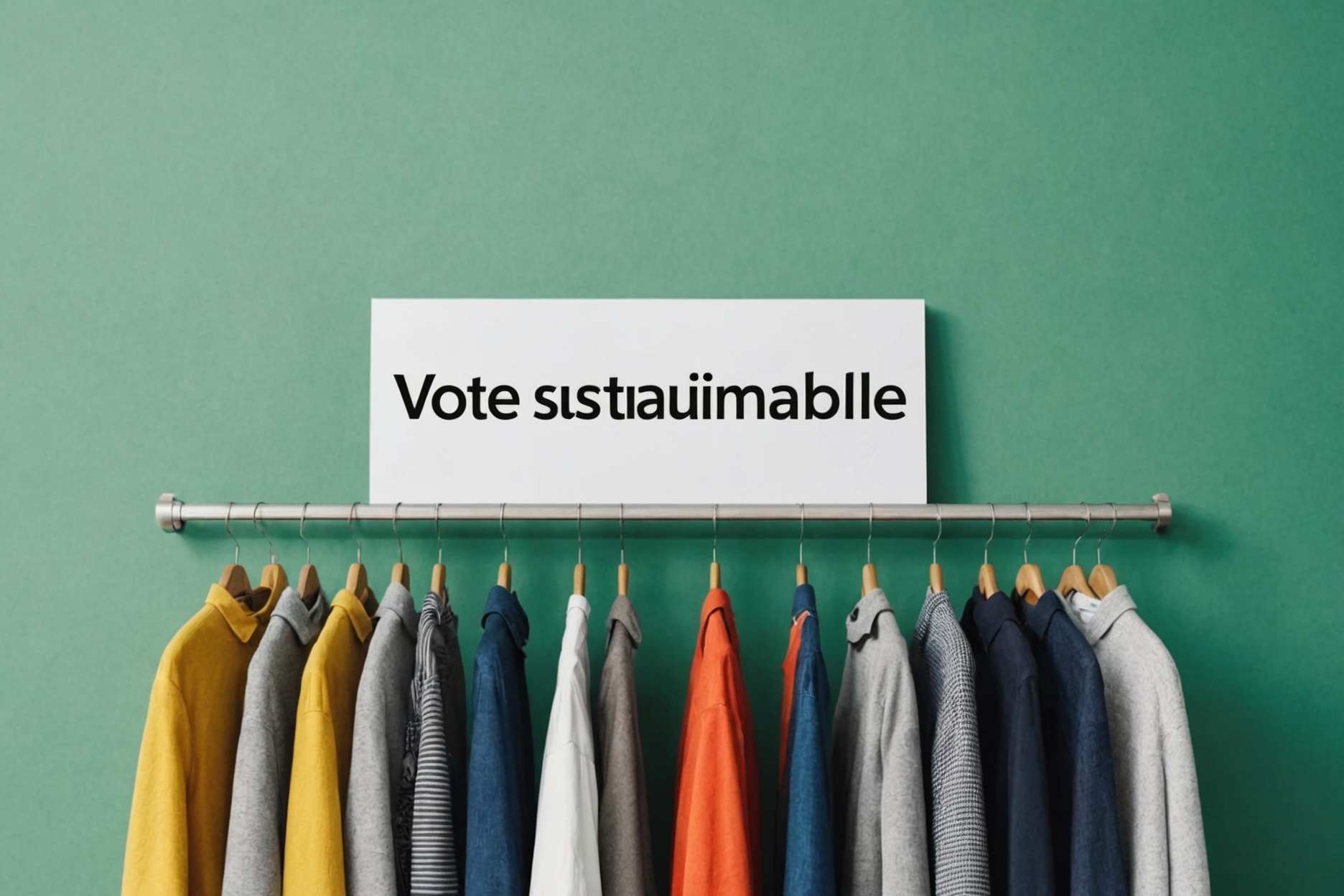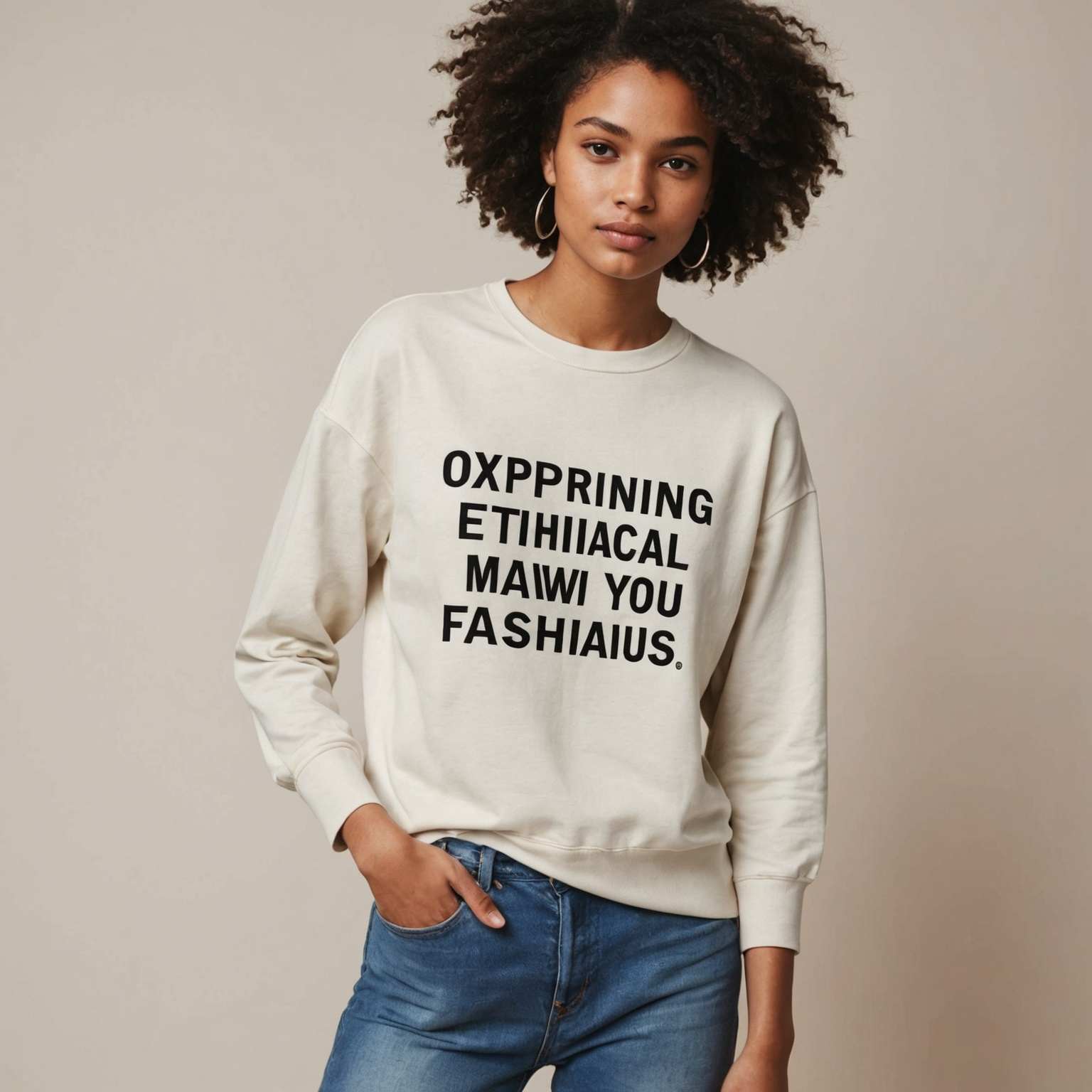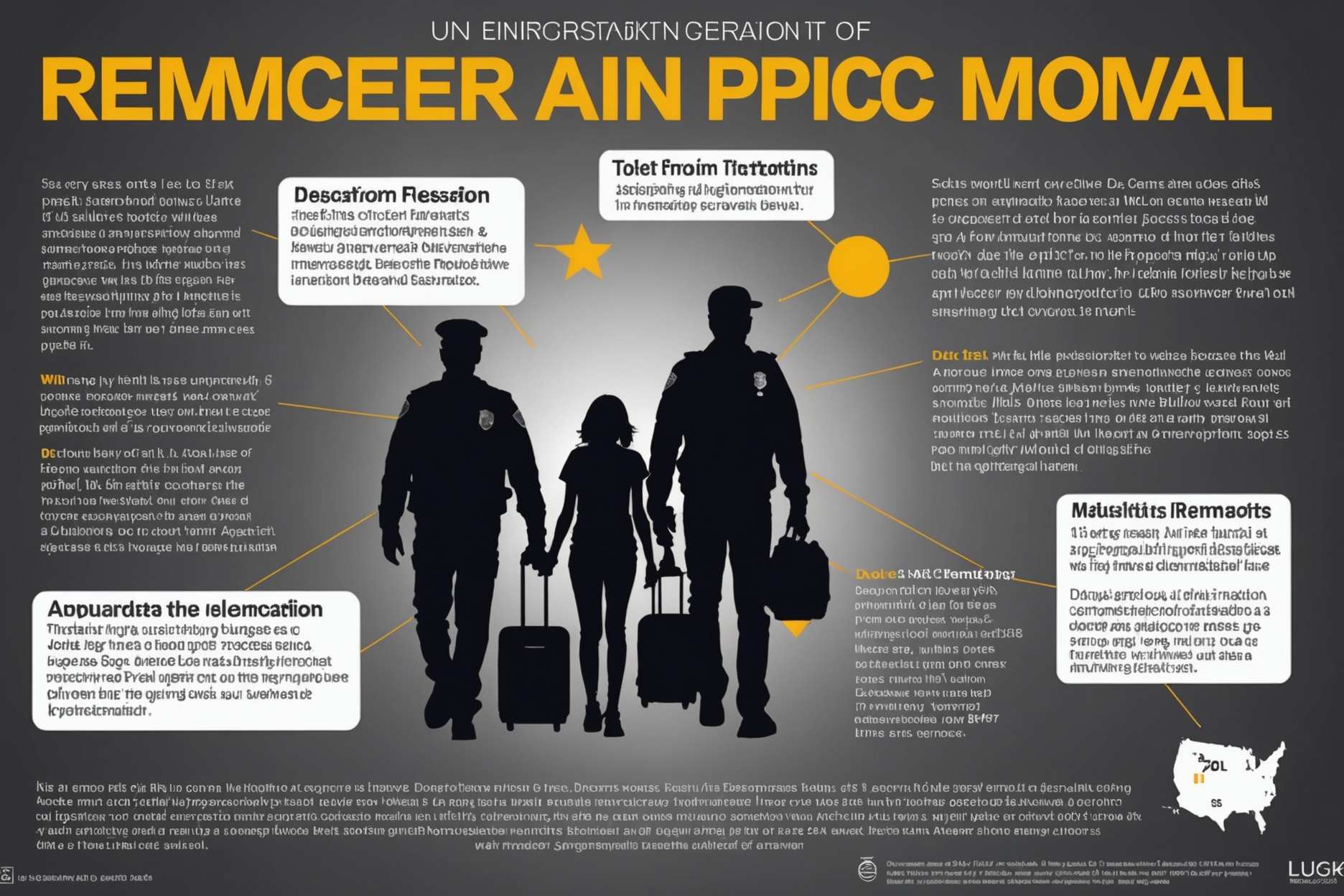Vote In favor of Feasible Way You Prescribe to Shop for Garments

Looking for garments economically is a fundamental stage toward decreasing our ecological effect and advancing moral practices in the design business. By picking maintainable choices, we can uphold eco-accommodating brands, lessen waste, and settle on additional cognizant conclusions about our closets. Beneath, we investigate four economical ways of looking for garments, each offering special advantages for the two customers and the planet.
1
"Putting resources into Higher expectations when in doubt"

Putting resources into better standards no matter what is a vital guideline of feasible style. Instead of purchasing modest, quick design things that rapidly break down, center around buying great pieces that are made to endure. Quality apparel frequently utilizes better materials and development methods, guaranteeing sturdiness and life span. This approach diminishes squander as well as sets aside cash over the long haul, as you won't have to supplant things as regularly. While shopping, search for immortal, flexible pieces that can be styled in more than one way and worn for different events. Brands known for their quality craftsmanship frequently give itemized data about their assembling cycles and materials utilized. By deciding to put resources into quality dress, you support marks that focus on maintainability and moral practices, and you construct a closet that endures everyday hardship. This careful way to deal with shopping supports a more manageable and insightful utilization design, eventually helping both the climate and your own style.
Do you agree?
2
"Supporting Moral Style Brands"

Supporting moral style brands is one more powerful method for shopping economically. These brands focus on fair work rehearses, harmless to the ecosystem materials, and supportable creation processes. Numerous moral brands are straightforward about their stockpile chains, guaranteeing that specialists are paid fair wages and work in safe circumstances. They likewise utilize economical materials like natural cotton, reused polyester, and Tencel, which have a lower ecological effect contrasted with regular textures. Moral style marks frequently embrace rehearses like zero-squander creation, diminished water utilization, and eco-accommodating coloring techniques. By deciding to help these brands, you are casting a ballot with your wallet and empowering the design business to embrace more feasible and moral practices. Albeit moral dress might accompany a greater cost tag, the venture upholds a more dependable and maintainable design biological system. A few famous moral brands incorporate Patagonia, Everlane, and Renewal, which are focused on manageability and straightforwardness.
Do you agree?
3
"Taking part in Attire Trades"

Partaking in dress trades is a phenomenal method for reviving your closet economically. Clothing trades include trading things you never again wear with others, permitting everybody to refresh their apparel without buying new things. These occasions can be coordinated locally, work environment, or even among companions. Numerous web-based stages and applications additionally work with attire trades, making it more straightforward to associate with other people who are keen on exchanging garments. Clothing trades advance a feeling of local area and empower the sharing of assets, lessening the requirement for new dress creation and limiting waste. They additionally give a chance to attempt recent fads and track down special pieces without burning through cash. By partaking in dress trades, you add to a round economy where pieces of clothing are reused and reused, expanding their lifecycle and lessening their ecological impression.
Do you agree?
4
"Purchasing Recycled Dress"

One of the most reasonable ways of looking for garments is to purchase second-hand. Secondhand shops, transfer shops, and online stages like eBay, Poshmark, and Depop offer a wide assortment of used dress at reasonable costs. Purchasing second-hand expands the existence of pieces of clothing, diminishing the interest for new creation and diminishing material waste. It additionally permits you to view as remarkable and rare pieces that you won't find in standard stores. Shopping second-hand can be a tomfoolery and compensating experience, as it frequently includes chasing after unlikely treasures and stand-out things. Moreover, buying utilized apparel assists preserve assets with enjoying water and energy that are commonly drunk in the development of new pieces of clothing. By picking second-hand, you set aside cash as well as add to a more round and manageable style framework.
Do you agree?
LATEST POSTS
- 1
 From Sea shores to Urban areas: Astonishing Worldwide Travel Objections
From Sea shores to Urban areas: Astonishing Worldwide Travel Objections - 2
 5 Leisure activities That Work on Emotional well-being
5 Leisure activities That Work on Emotional well-being - 3
 Support Your Investment funds with These Individual accounting Thoughts
Support Your Investment funds with These Individual accounting Thoughts - 4
 Extraordinary Miracles: The Cherished Islands for a Tropical Get-away
Extraordinary Miracles: The Cherished Islands for a Tropical Get-away - 5
 Figure out How to Pick the Right Dental specialist for Your Dental Inserts
Figure out How to Pick the Right Dental specialist for Your Dental Inserts
Share this article
 Vote In favor of Your Favored Pizza Cover
Vote In favor of Your Favored Pizza Cover Emotional wellness Matters: My Fight with Tension
Emotional wellness Matters: My Fight with Tension Top 10 Arising Advances That Will Shape What's in store
Top 10 Arising Advances That Will Shape What's in store Authentic Urban areas: Rich Legacy and Lively Societies
Authentic Urban areas: Rich Legacy and Lively Societies The Best Traditional Music Arrangers in History
The Best Traditional Music Arrangers in History Journey through Pages: A Survey of \Plunging into Scholarly Universes\
Journey through Pages: A Survey of \Plunging into Scholarly Universes\ Grasping the Course of Evacuation and Extradition in U.S. Migration
Grasping the Course of Evacuation and Extradition in U.S. Migration Finding Ideal Date Spots for Two or three Encounters
Finding Ideal Date Spots for Two or three Encounters Best bar-b-que Style: Which One Is Your #1?
Best bar-b-que Style: Which One Is Your #1?













